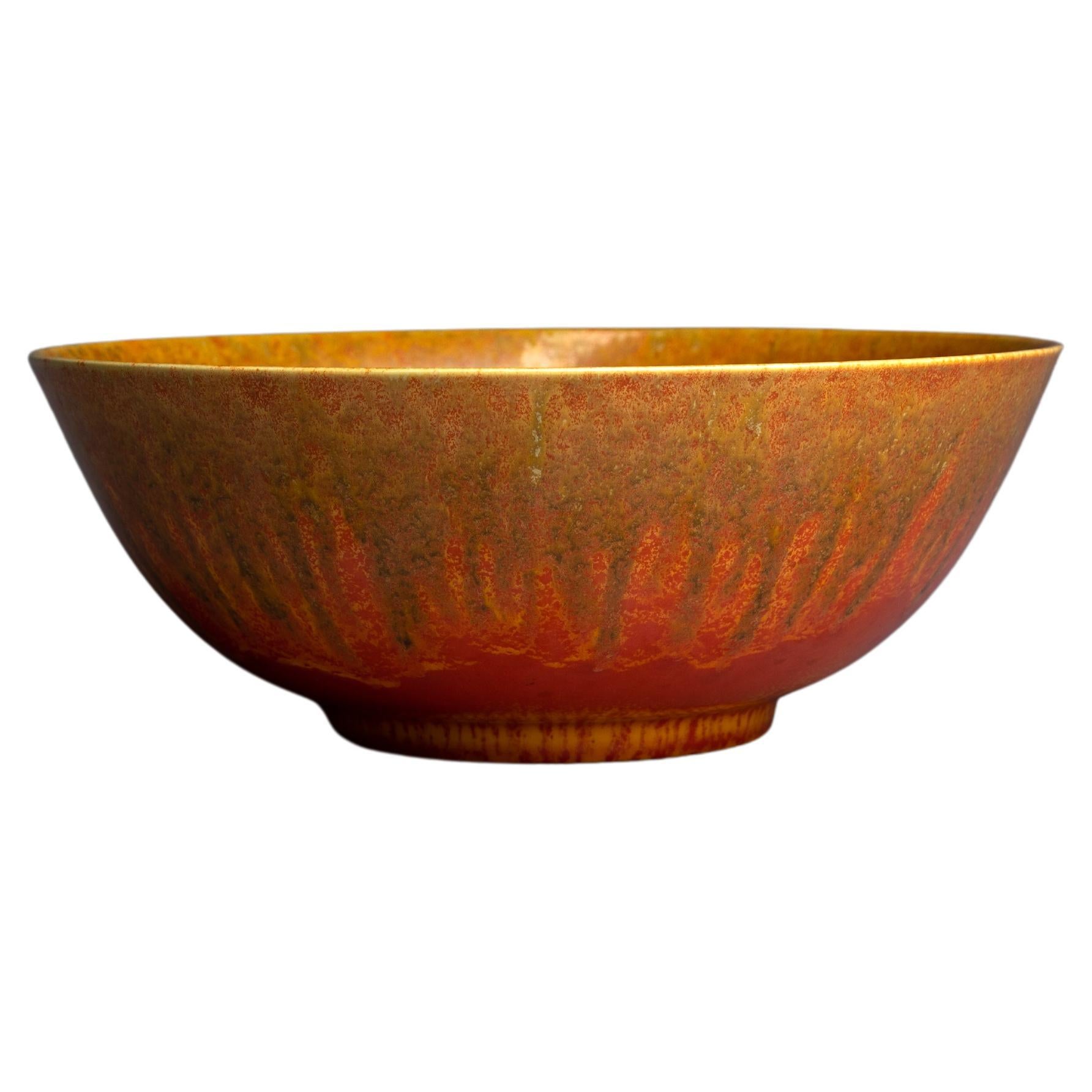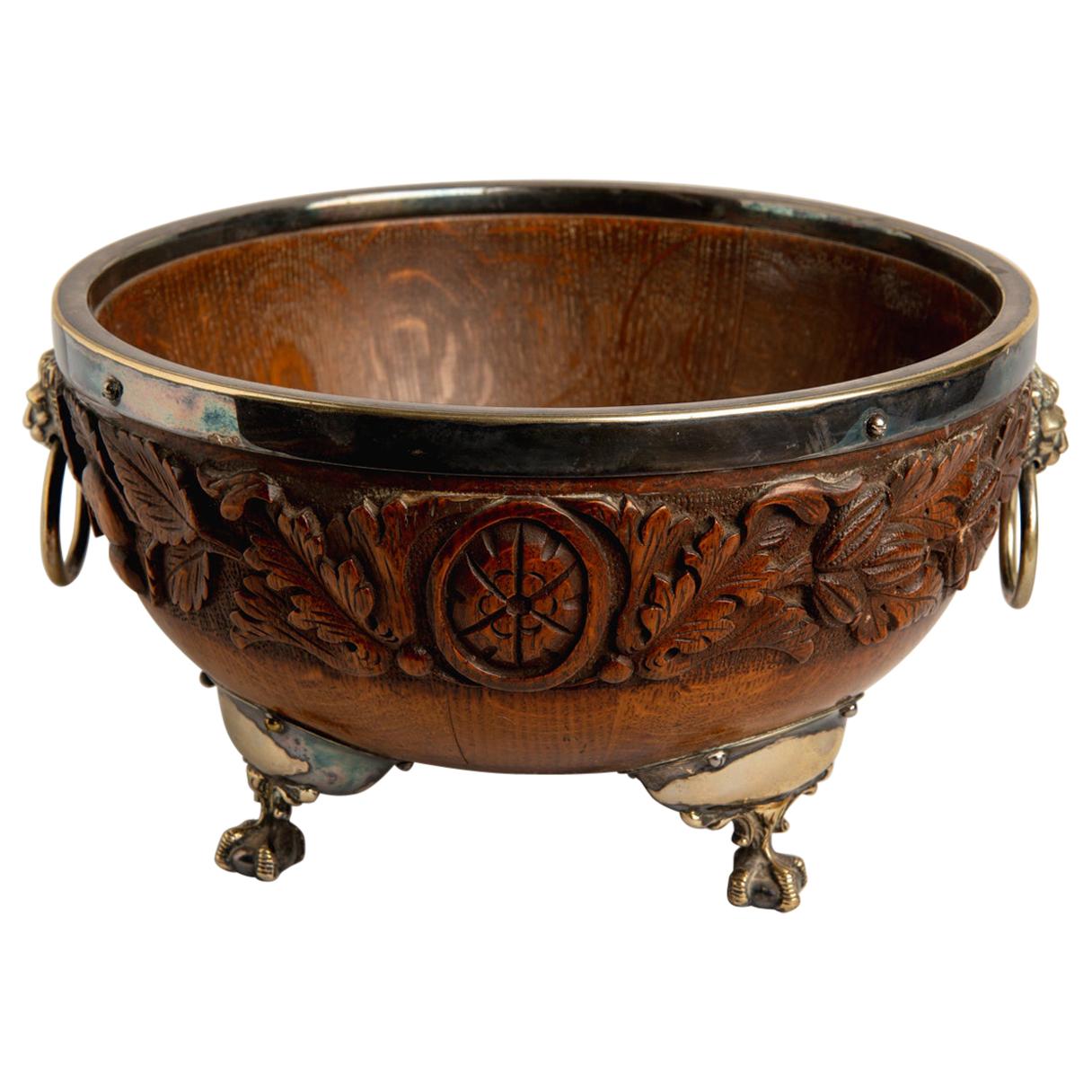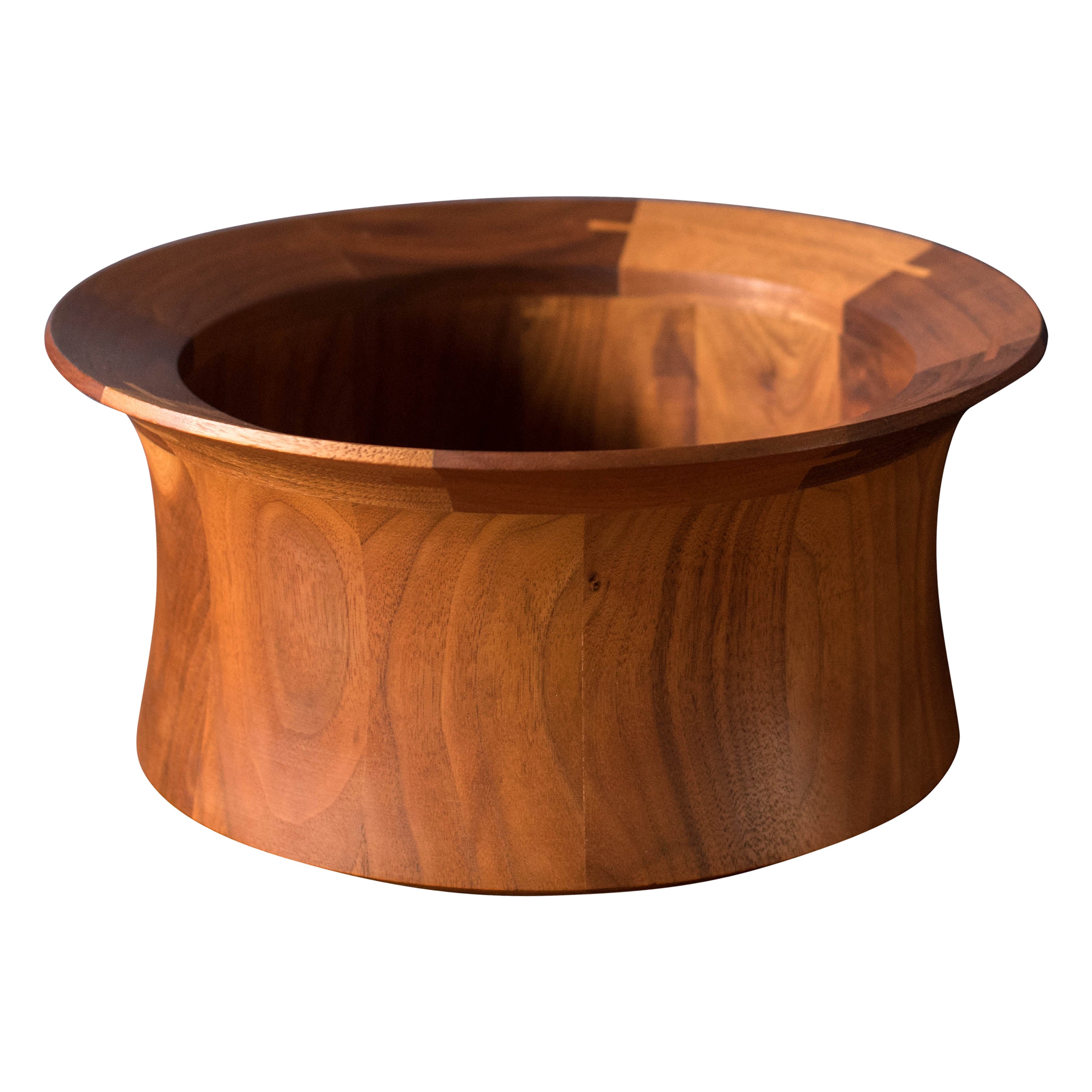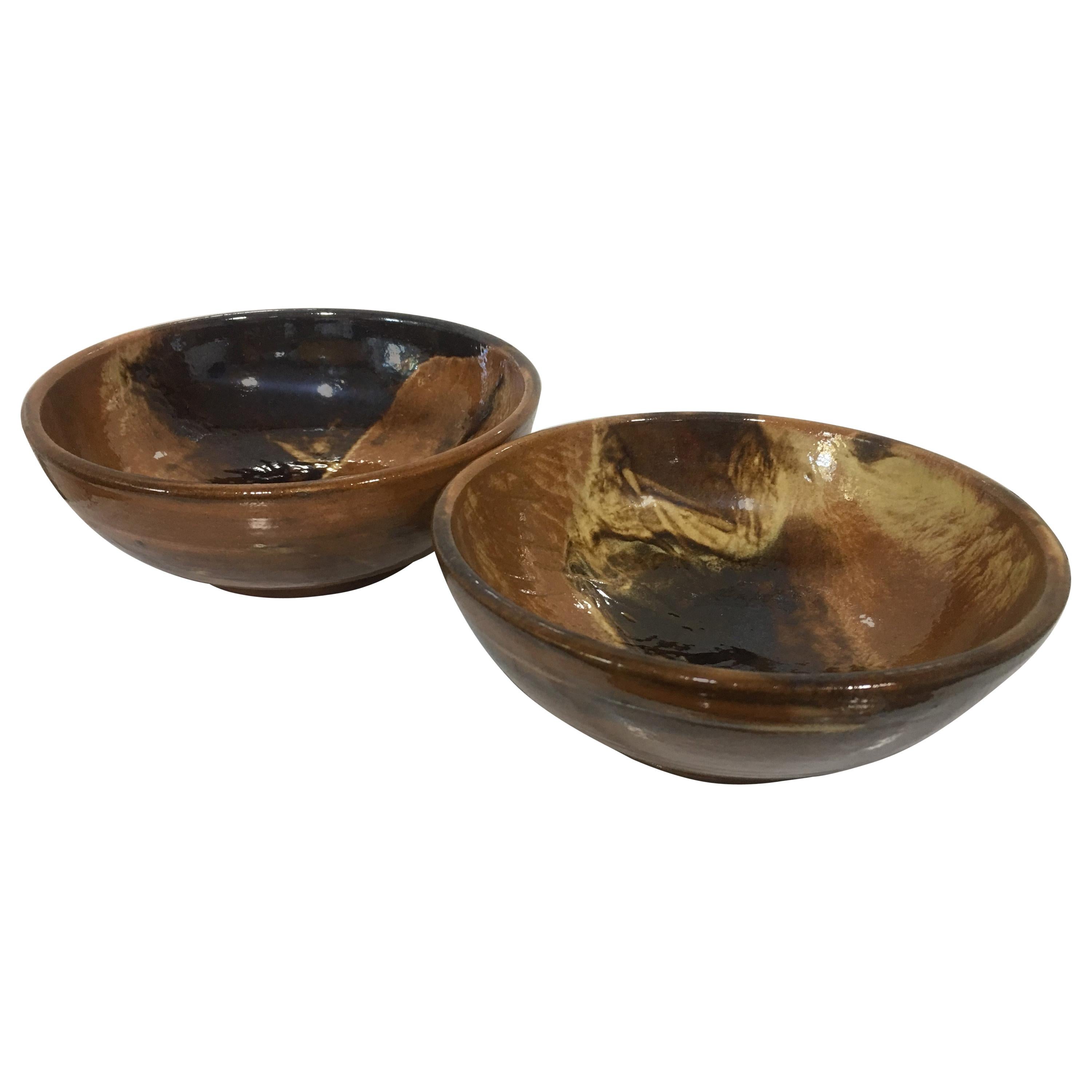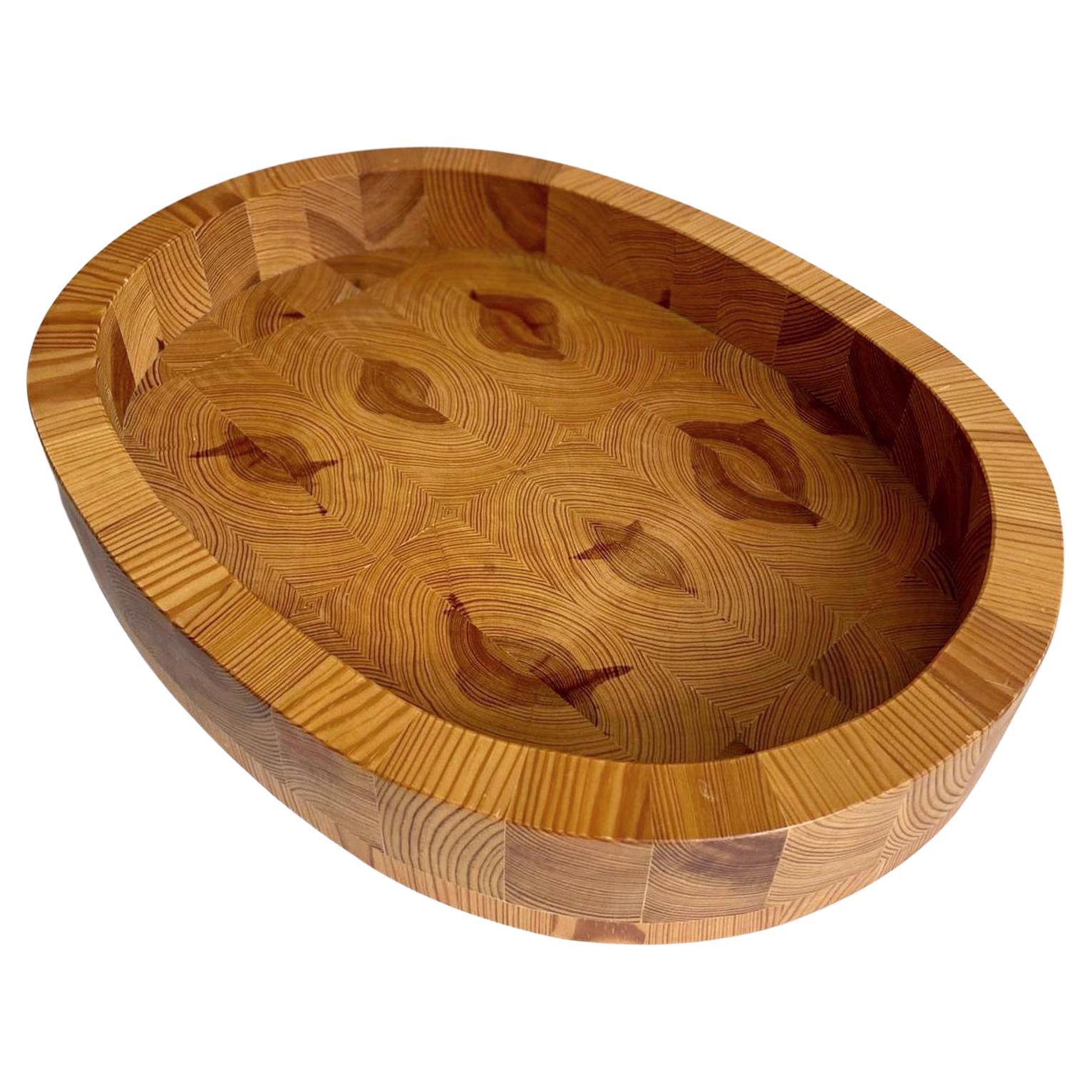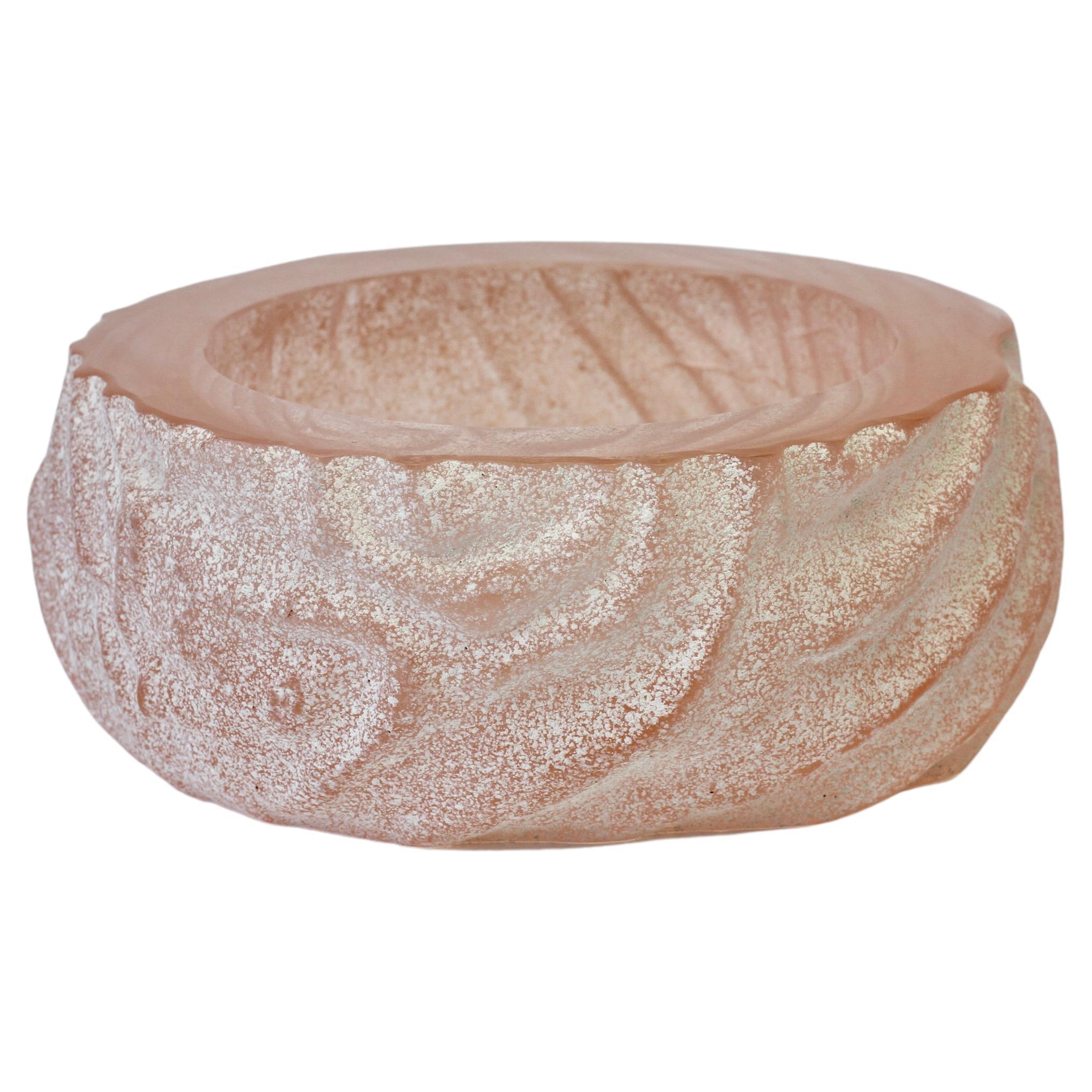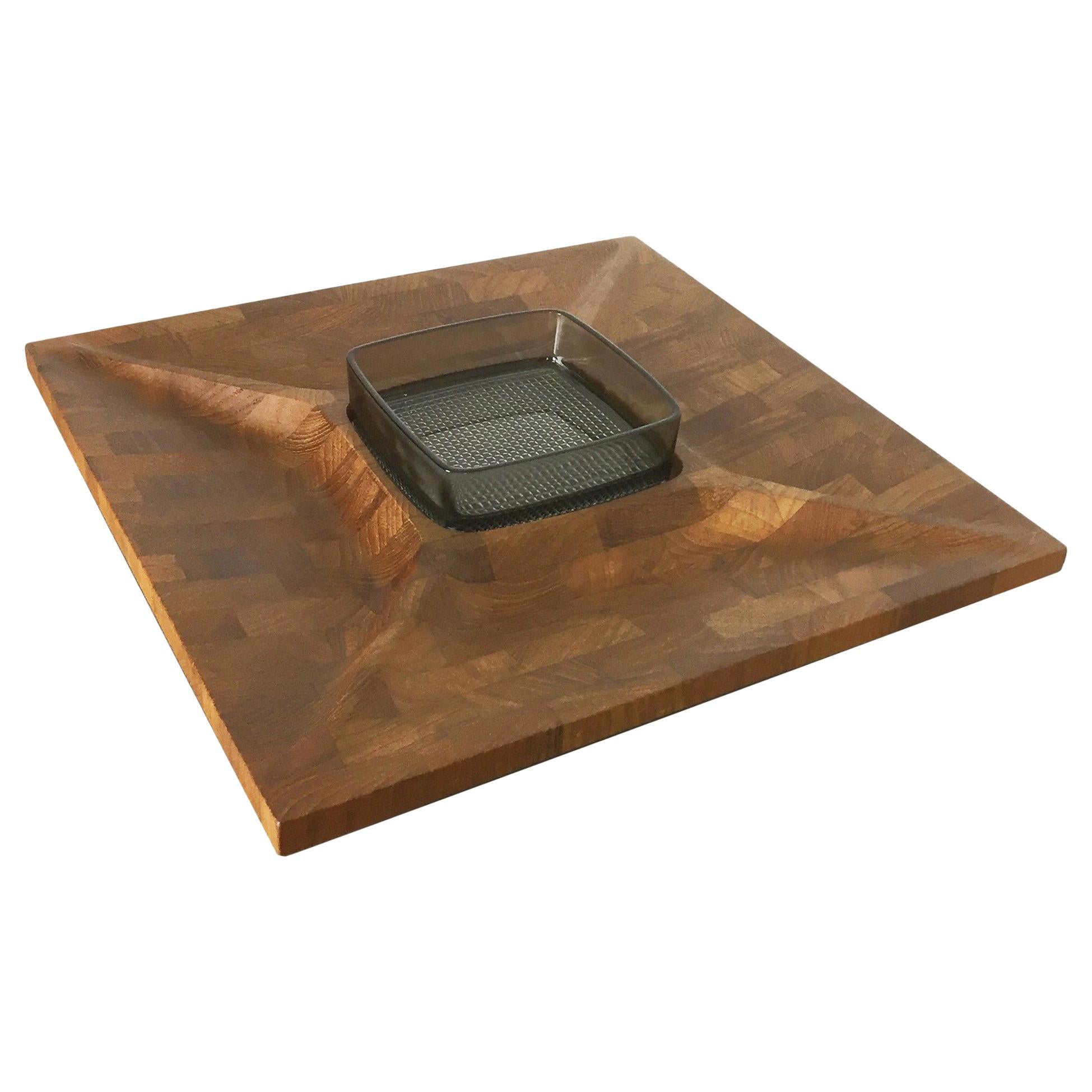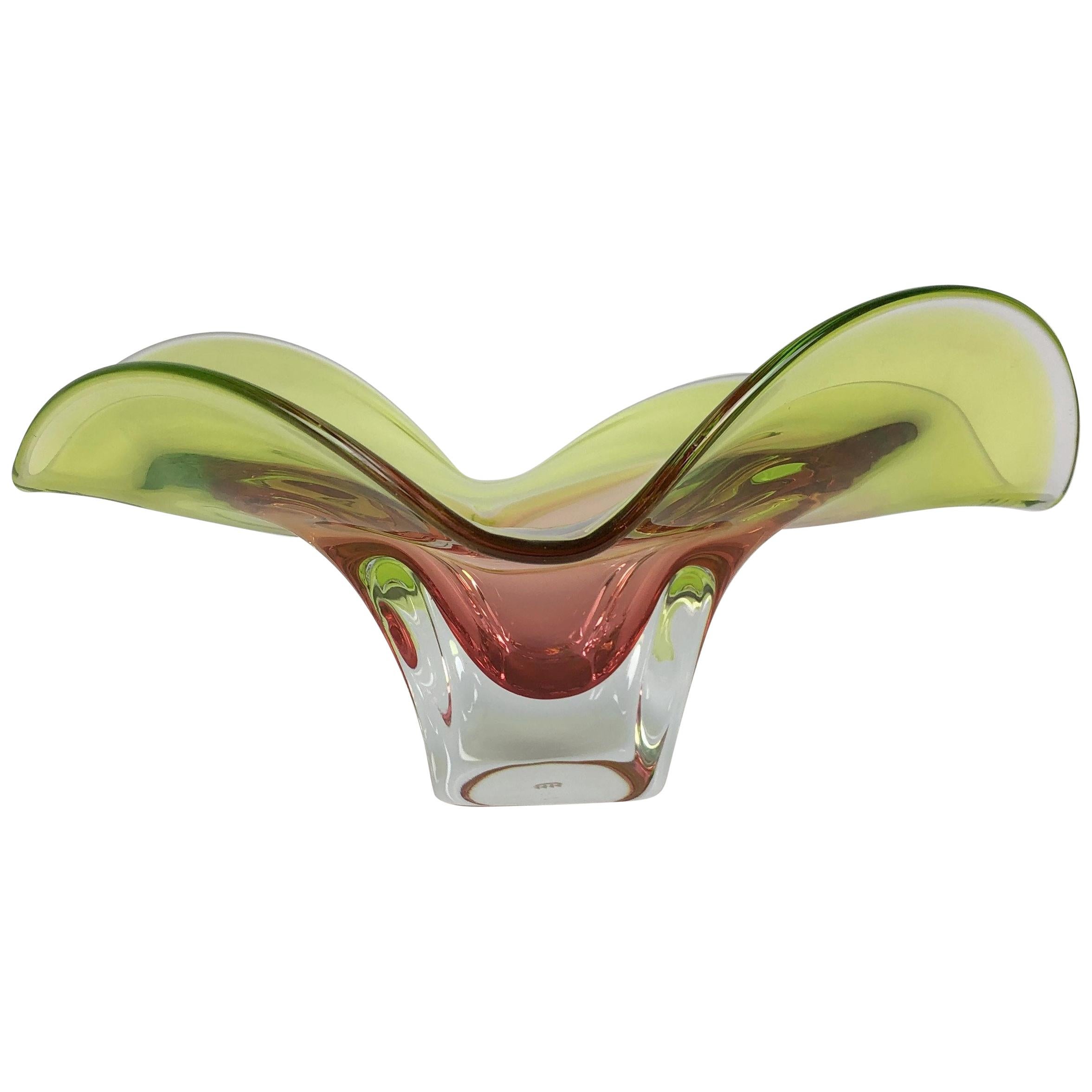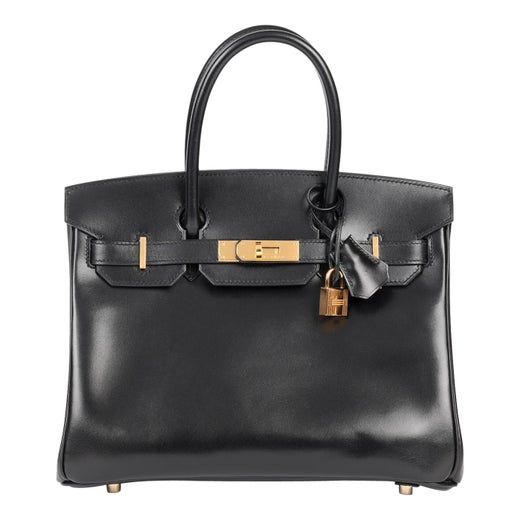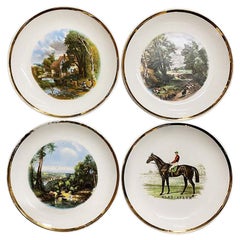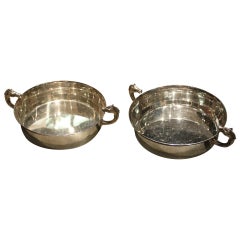
Hermes Equestrian Dishes
View Similar Items
Hermes Equestrian Dishes
About the Item
- Creator:Hermès (Maker)
- Dimensions:Height: 2 in (5.08 cm)Diameter: 7 in (17.78 cm)
- Materials and Techniques:
- Place of Origin:
- Period:
- Date of Manufacture:1960s
- Condition:Wear consistent with age and use.
- Seller Location:New York, NY
- Reference Number:1stDibs: LU78421165750
Hermès
For Hermès, what began as a maker of leather equestrian goods for European noblemen would eventually grow into one of the most storied fashion labels in the world. In 1837, German-born French entrepreneur Thierry Hermès opened a saddle and harness purveyor in Paris. Gradually, the house extended into accessories and luggage for its riders, and today, in paying homage to its origins, the family-run luxury brand resurfaces horse motifs in everything from clothing and modernist jewelry to pillows and handbags.
The first top-handled bag ever produced by Hermès was the Haut à courroies, which made its debut in 1892. A tall bag secured with a folded leather flap (fastened with bridle-inspired straps), it was designed to transport riding boots and a harness. As the world made the switch from horse to automobile, the bag adapted, becoming a multifunctional travel satchel instead of a designated saddlebag. Today, 120 years later, the HAC remains in Hermès’s line — and its distinctive flap and clasping straps have laid the groundwork for some of the house’s other iconic bags.
In the 1930s, Robert Dumas (son-in-law to Émile-Maurice Hermès, Thierry’s grandson) designed a smaller, trapezoidal take on the flap bag with a handle and two side straps. Later, actress Grace Kelly, then engaged to Prince Rainier of Monaco, is said to have used one of these bags to conceal her pregnancy during the 1950s. Because she was photographed constantly, the coverage catapulted her handbag to international popularity. In 1977, Hermès officially renamed the model for her, and the Kelly bag was born. Each Kelly bag takes between 18 and 25 hours to produce, and its 680 hand stitches owe solely to one Hermès artisan.
Robert Dumas was also responsible for another one of the brand’s most iconic offerings: the launch of its first silk scarf on the occasion of Hermès’s 100th anniversary in 1937. Based on a woodblock designed by Dumas and printed on Chinese silk, the accessory was an immediate hit.
Today, vintage Hermès scarves, typically adorned in rich colors and elaborate patterns, serve many functions, just as they did back then. Well-heeled women wear it on their heads, around their necks and, in a genius piece of cross-promotion, tied to the straps of their Hermès bags. Kelly even once used one as a sling for her broken arm.
In 1981, Robert Dumas’s son Jean-Louis Dumas, then Hermès chairman, found himself sitting next to French actress and musician Jane Birkin on a plane, where she was complaining about finding a suitable carryall for the necessary accoutrements of motherhood. After the two travelers were properly introduced, Birkin helped design Jean-Louis’s most famous contribution to the Hermès canon: the Birkin bag, a roomy, square catchall with the HAC’s trademark leather flap top and the addition of a lock and key. Owing to the brand’s legendary commitment to deft, handcrafted construction, the Birkin is an investment that is coveted by collectors everywhere.
While the Kelly and Birkin may be standouts, gracing the arms of everyone from royal heiresses to hip-hop stars in the past few decades, the handbags are but a small part of Hermès’s fashion offerings. Since the 1920s, the brand has produced some of the most desirable leather goods in the world. There’s the Constance bag, a favorite of Jacqueline Kennedy, the recently relaunched 1970s-era Evelyne and, on the vintage market, a slew of designs dating back to the 1920s.
Good design never goes out of style. Find a variety of vintage Hermès handbags, day dresses, shoes and more on 1stDibs.
- English Traditional Scenic Equestrian Catchall Trinket Dishes, Set of 4Located in Oklahoma City, OKA set of four ceramic collectible trinket dishes with painted scenes. “The Cornfield” By John Constabl 1776-1837 Like Fen Lane, which hangs to the right, this study is thought to be one of the works Constable began outdoors in Suffolk in 1817, but did not finish. It too shows Fen Lane, but from further down. When Constable was looking for a subject to work up for the 1826 Royal Academy exhibition, he turned to this canvas and from it painted the picture now known as The Cornfield (now in the National Gallery). It was probably while preparing the finished picture that he lowered the trees at the right of this earlier sketch by overpainting them with sky. (History courtesy of the Tate Organization) The original is hanging in the National Gallery London “Valley Farm” By John Constabl 1776-1837 This work shows a view of Willy Lott's House at Flatford from the River Stour. The farmer lived continuously in the same house for over eighty years and for Constable it came to represent an important part of the Suffolk landscape, a nostalgic symbol of the 'natural' way of life. The building features prominently in earlier works by Constable, including The Mill Stream...Category
Mid-20th Century English American Classical Decorative Dishes and Vide-P...
MaterialsCeramic
- Pilkingtons Vermilion Glaze Bowl circa 1930By Pilkington's Royal Lancastrian Pottery CompanyLocated in Fort Lauderdale, FLThis brilliant orange bowl, created by Pilkingtons circa 1930 is dripping with the company's vermilion glaze. It's a fine example of Pilkington’s studio art pottery. Pilkington’s ...Category
Vintage 1930s English Modern Serving Bowls
MaterialsEarthenware
- Pankalangu BowlBy Trent JansenLocated in Beverly Hills, CABroached monsters by Trent Jansen The vast majority of mainstream Australian mythology commonly used as a foundation for Australian identity is culturally exclusive. Both Indigenous myths, including post-colonial myths and precolonial dreaming stories, and non-indigenous Australian myths, including the bush legend, ANZAC tradition and convict legend, focus on the historical role that the race of authorship has played in building the nation. However, a contemporary understanding of Australian history acknowledges the contribution of both Indigenous and non-indigenous Australians in forging the nation, and the national identity which accompanies it. Instead of perpetuating the same exclusive national myths, perhaps Australians should adopt a national mythology that acknowledges this inclusive understanding of Australian history, a mythology that unites Australians of many backgrounds under a shared Australian identity. In his book on Australia’s Folklore of Fear, Robert Holden explores pre-colonial ideas of Australia as a Great Southern Land – an imaginary landmass conjured up to counterbalance the continents in the northern hemisphere, as far removed as possible from Britain, the center of the Christian world (Holden, 2001). Holden speaks of Australia as an imaginary world, occupied by unimaginable creatures and monsters. Holden is commenting in part on the mythical creatures that originated in both British and Aboriginal Australian folklore and were shared by the Aboriginal and non-Aboriginal inhabitants of Sydney during the early years of colonisation. Stories of the yahoo, a creature that resembled a slender man, with long white straight hair, extraordinarily long arms and great talons (Unknown 1842), captured the imaginations of the new British settlers, and soon a fear of the yahoo became a common ground between Aboriginal people and British settlers. is fear of a gruesome and vicious creature gained its potency from the folkloric tales that were used to substantiate its existence. These tales were suitably vague, their lack of detail attributed to the fierce nature of these creatures and the assumption that no one had survived an encounter (Holden, Thomas et al. 2001). The yahoo “became one of the very few Aboriginal legends to be embraced by the Europeans” (Holden, Thomas et al. 2001, p16), providing a catalyst for conversation between individuals from these two culturally disparate societies and forming some personal links between these communities. Could creature myths like the yahoo once again form the foundation of a united national...Category
21st Century and Contemporary Australian Decorative Bowls
MaterialsAluminum
$290 / item - Scottish Wooden and Silver Plated BowlLocated in Alessandria, PiemonteOriginal bowl for your table: for apples, hazelnuts, biscuits. Not only wood engraved, but also with silver finishes. ref. O/7478 -Category
Early 20th Century Scottish Arts and Crafts Serving Bowls
MaterialsFruitwood
$568 Sale Price20% Off - Mid Century Modern Sculptural Walnut Decorative Serving BowlBy Richards Morgenthau Co.Located in San Jose, CAVintage American designed walnut serving bowl circa 1950s. This sculptural modernist piece is handcrafted in staved solid walnut labeled 'designed wood' and distributed by Richards...Category
Vintage 1950s American Mid-Century Modern Decorative Bowls
MaterialsWalnut
- Mid Century 20th Spanish Glazed Terra Cotta Bowls, a Pair, from Valencia, SpainLocated in Miami, FLThis glazed Valencia Spanish bowl is a great addition to any collector of Spanish artifacts. It's from the mid-1940. It has brown and black firedCategory
Mid-20th Century Spanish Baroque Decorative Bowls
MaterialsTerracotta
$512 Sale Price / set20% OffFree Shipping
Recently Viewed
View AllRead More
The Hermès Passe-Guide Bag Might Not Be as Well Known as the Birkin or Kelly, But It’s Every Bit as Chic
Find out why this under-the-radar piece is so exceptional.
How to Spot a Fake Hermès Birkin Bag
The iconic Birkin bag is much coveted — and often copied. Find out how to tell the real deal from a convincing fake. Of course, you don't have to worry about this on 1stDibs, where every seller is highly vetted.

